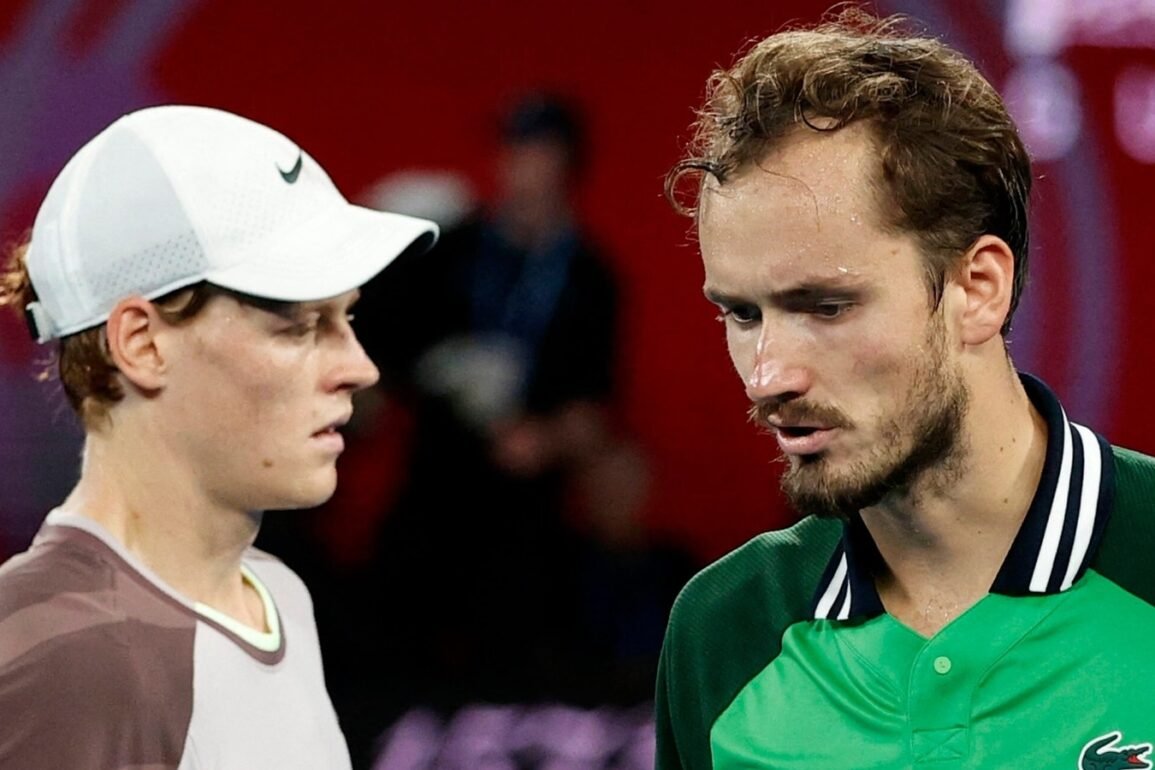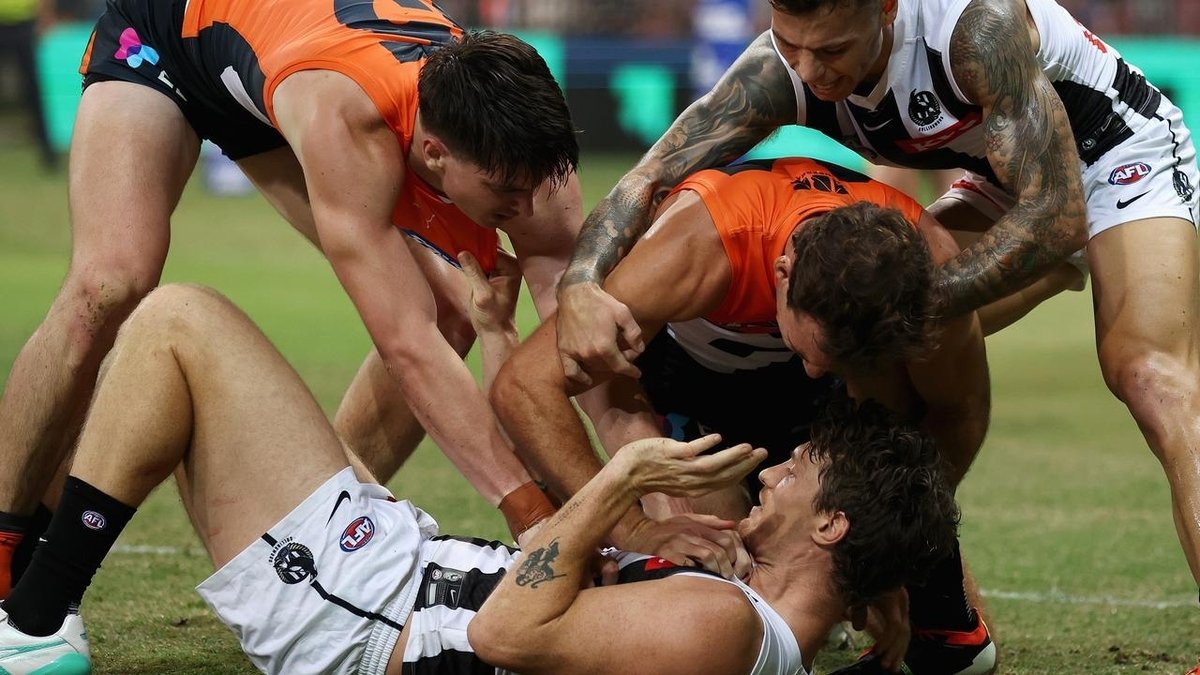Breaking Down the Australian Open Final: Jannik Sinner’s Triumph
In the thrilling final of the Australian Open, held at the renowned Rod Laver Arena, Jannik Sinner initially appeared disoriented. Understandably, the first Grand Slam final might bring along some nerves, especially for the Italian prodigy who had ousted reigning champion, Novak Djokovic, in the semi-finals. However, his opponent, Daniil Medvedev, had meticulously studied his game. Unfortunately for Medvedev, despite a strong start, he could not sustain momentum which allowed Sinner, the 4th seed, to adapt and turn the tide. Eventually, the tennis fraternity had to bow to a new king in Melbourne – the 22-year-old Sinner.
Strategic Changes in Medvedev’s Gameplay
Medvedev had obviously changed his gameplay on Sunday night, perhaps to break his losing streak against Sinner which had been going on since late 2023. The most notable change was his serve-return position. Medvedev, who usually positions himself closer to the advertisement board, was standing close to the baseline during Sinner’s first serve. This enabled him to return the serve with greater intent, inculcating more aggression in his gameplay.
Early Domination by Medvedev
Medvedev started the match on a high with an assertive approach towards Sinner and won more points in rallies of 0-4 shots. The Russian’s domination was evident as he emerged winner in the first set of the game. However, his dominance couldn’t last for long.
A Turning Point in the Match
The match saw a turn of events around the 6-3, 5-1 15-15 on the serve, when Medvedev’s forehand return hit the net. Sinner, for the first time in the match had break points and he converted these in the seventh game. At this juncture, Sinner started revealing glimpses of his potential, reminiscent of Rafael Nadal’s performance in Melbourne in 2022.
Sinner’s Formidable Comeback
Sinner’s significant comeback was bolstered by his improved precision in returns and greater depth in his shots. Medvedev, who had spent over 24 hours on the court through the tournament, began to lose his form as Sinner enhanced his strength from the baseline. Sinner’s comeback strategy also involved increasing the average rally length, which brought the game to be a contest of endurance and stamina, where he won 66 per cent of the points in the last two sets. The new champion was hailed for displaying an astonishing turn-around performance through tactic changes, and emerged triumphant at the Australian Open.














